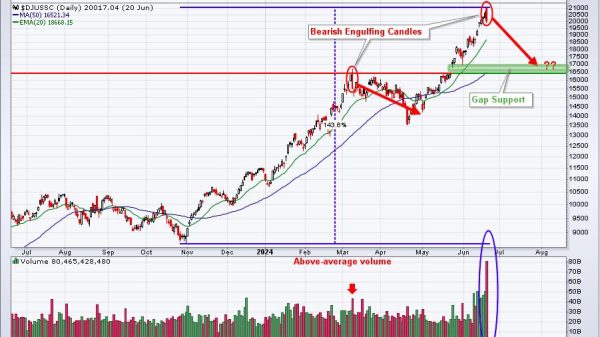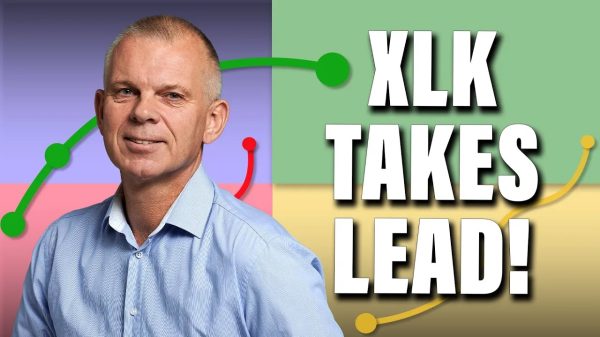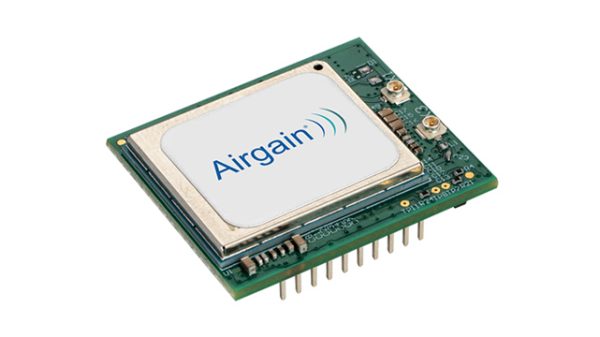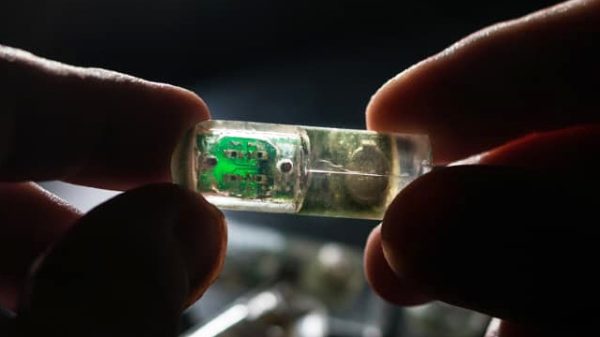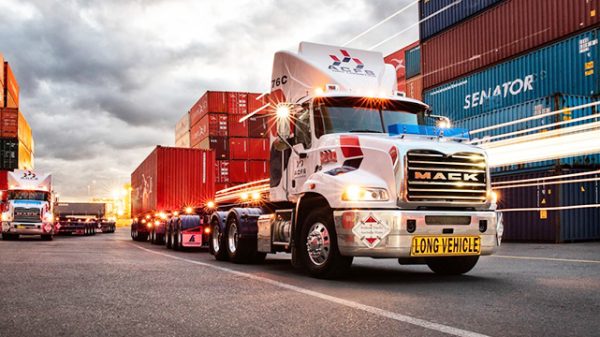It’s become common for providers in the IoT industry to claim that they can make deployments easy for their customers. But as we move beyond the inflated expectations of the last decade and into the real work of deploying connected solutions that deliver meaningful value, it’s time to acknowledge what leaders in the space already know: getting IoT right is hard. As an architect of cloud-native IoT connectivity systems with experience supporting million-scale deployments around the world, I’ve seen this first-hand. Even today, every new deployment uncovers new challenges.
IoT technology holds the potential to transform operations and industries, but unlocking that potential requires expertise, effort, and honesty. Success in IoT demands broad expertise in hardware design, software development, connectivity management, hyperscale platform integration, along with deep ecosystem understanding and strong project management capability. And that only accounts for the whiteboard environment. Deployments take place in the real, physical world and add environmental challenges like extreme heat and cold, dust, vibration, and condensation. Few organizations can claim mastery in more than a handful of these functional areas, and even fewer can add experience with IoT deployment. In this environment, it’s easy to underestimate technical challenges and capital requirements, and to see ROI horizons extend well past initial expectations.
Connectivity stands as one of the foundational technologies underlying today’s IoT, with more providers to choose from than ever before. And IoT MVNOs have served the ecosystem well over the past decade by packaging connectivity in a way that works for IoT. But a reliable connection is only the beginning of the journey. Organizations with IoT experience have learned that attractively-priced mobile data and a coverage map alone won’t address the technical and commercial challenges of a full-scale IoT deployment.
Armed with the lessons learned from previous deployments, experienced organizations are now demanding broad expertise in hardware design, software development, connectivity management, hyper-scale platform integration, ecosystem understanding, and project management capability. These organizations have first-hand experience of the hurdles and challenges that must be overcome to succeed in IoT and have effectively shifted their focus from component cost to total cost of ownership.
As an example, they’ve learned that what works for a few hundred devices may not work as a project scales into the thousands or millions. This is especially true when it comes to the connectivity management portal, which must include not only the necessary tools for granular network management but also the automation capabilities to ensure effective management at scale. For example, if a connectivity provider can offload encryption and authentication protocol overhead to reduce both total data usage and minimum hardware spec, TCO will be lower even if the per-MB cost for data is higher than that of a bare-bones provider.
Scale also plays a huge role when it comes to provisioning devices and integrating data with hyperscale platforms like AWS and Microsoft Azure. Assigning credentials manually is easy enough at the prototyping stage, but the move to full production requires a flexible, central approach to device provisioning, with the ability to update credentials remotely if needed. Hard-coded credentials represent not only a manufacturing challenge but a data security risk in the field.
These are just a few examples of the challenges that organizations may encounter as they progress toward a large-scale IoT deployment. When working with partners, companies eager to take advantage of IoT capabilities should be skeptical of any claims to “make it easy.” Instead, they will be well-served to look for partners who know it’s hard and have the experience to look around corners and address issues before they arise. IoT MVNOs in particular will distinguish themselves in a crowded field by demonstrating that their service offering goes well beyond simple device connectivity to help control total project cost and ensure success in the field.
With deployment complexity and total cost of ownership in mind, companies seeking to create value with connected solutions should consider these factors to help identify the technology partners who can truly serve them on their journey:
Adding real value: Commodity providers may offer attention-grabbing rates to bring new customers in, but their service to the customer needs to go deeper. Enterprises should look for solutions beyond connectivity and demand evidence of capability regarding troubleshooting, data collection automation, device operation, and connection management. Accelerating speed to market: Many deployments get stuck somewhere between the whiteboard, the prototype, and the marketplace, and commodity-level solutions may not be well-equipped to provide value in the present era of IoT. Will a technology provider accelerate testing with automated functions where appropriate? Does the connectivity provider still answer your calls after devices are connected? Can you count on a robust API to help automate management of large-scale deployments, along with full-featured network management capability to keep operations running smoothly? Most organizations don’t have massive teams dedicated to IoT deployments. They should expect to work with partners who can accelerate deployment with active troubleshooting, experienced solutions architecture guidance, and a full set of tools for managing connections, minimizing data use, and integrating with hyperscale cloud platforms. Supporting success at scale: Is the solutions provider scaling active deployments to meet IoT device connectivity metrics? Some providers boast about how many IoT connections they are adding. A more meaningful metric is how many connections their existing customers are adding. This metric shows that the provider is working with customers to overcome technical challenges. Furthermore, existing customer growth indicates a provider’s willingness to provide more capabilities, experience, and expertise to promote successful deployments. Delivering strong partnerships: No single provider can address every technical challenge because issues in IoT require different areas of expertise, with technology deployed in devices on the edge, core networks, cloud operations, and in-house IT environments. Credibility within a specialized provider ecosystem gives differentiated vendors access to experts who can solve their customers’ most serious challenges. Does the solutions provider offer relationships with ecosystem partners? Do they have a good track record of completed projects? Can they call on an existing to address use cases that would otherwise require a customer to seek multiple point solutions outside of their normal area of expertise? Providing expert support: The questions that tend to matter most in IoT are simply beyond the scope of standard tech support. Will a prospective partner offer IoT-first support with the knowledge and experience to answer questions and provide consultative guidance? Do they see the value in protecting your company’s IT investment? Can they anticipate the challenges specific to e.g. securing IoT-connected devices from data breaches? Can they guide your team through advanced techniques to reduce data overhead, offload credentials management, or establish data peering with hyperscaler VPCs?As we look ahead to 2024, IoT has moved well beyond the hype of the past decade and is now delivering real value across industries and organizations. Acknowledging that the path to value isn’t easy is the first step to Providers differentiate themselves with connectivity and hardware design, software development, connectivity management, hyper-scale platform integration, deep ecosystem understanding, and strong project management. When we look beyond one-dimensional contracts that promise fast and convenient device connectivity, we can see how to truly reduce total cost of ownership. Diving deeper reveals the value of each provider’s entire portfolio of solutions, experience, and ecosystem alliances. Customers can start looking deeply into their organization and determine how a dynamic IoT partner will offer efficient, reliable, and meaningful deployments.
The post Let’s Stop Pretending IoT Is Easy appeared first on IoT Business News.






